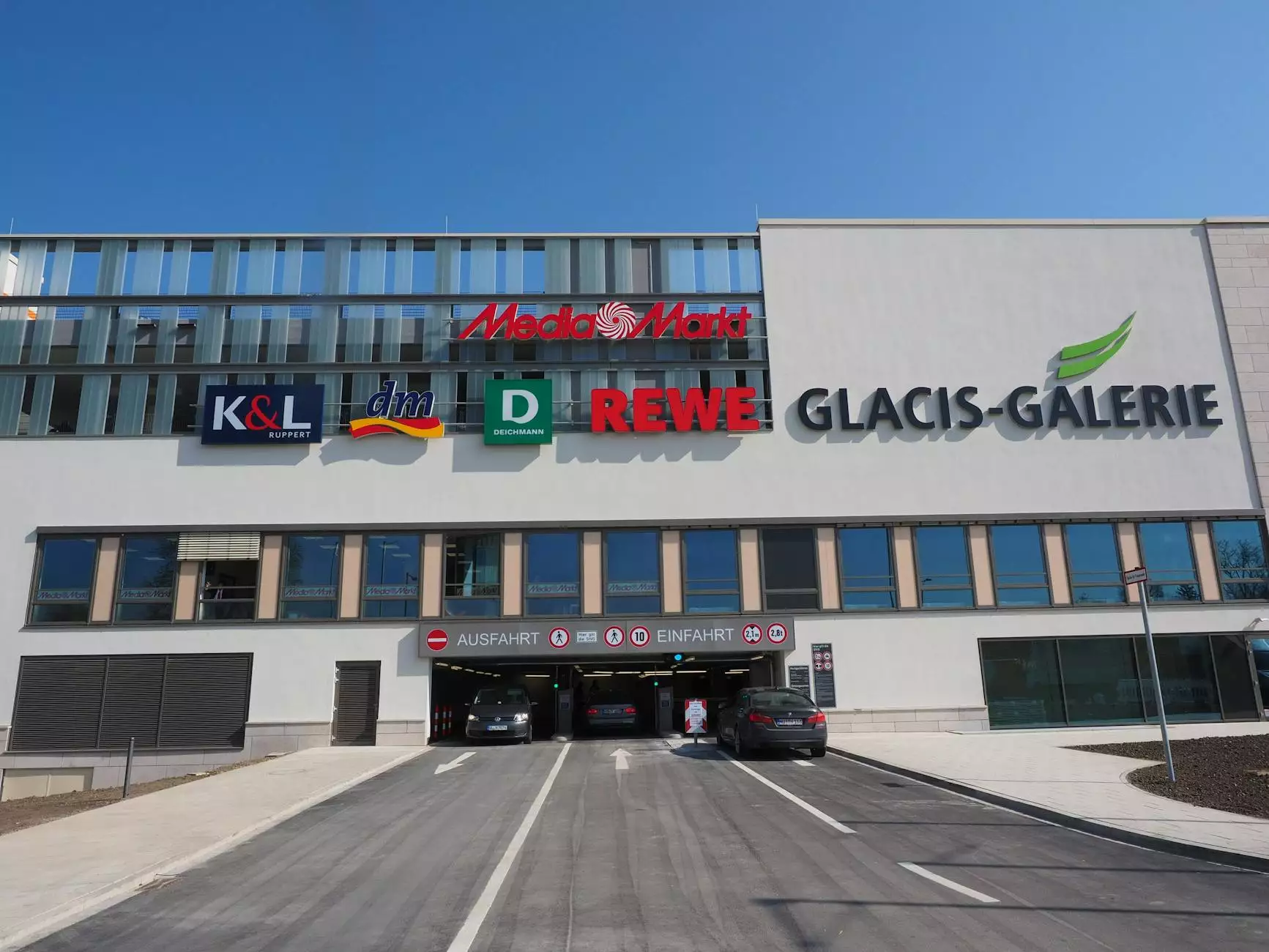The Power of Storyboards in Graphic Design and Web Design

When it comes to creating captivating designs, graphic design and web design professionals rely on a variety of techniques and tools. One such powerful tool that often goes unnoticed is the storyboard. Storyboards play a pivotal role in the creative process by helping designers visualize ideas, establish a cohesive narrative, and communicate effectively with clients and team members.
Understanding Storyboards
In the realm of graphic design and web design, storyboards are visual representations of a narrative or concept. They are a sequence of sketches or illustrations arranged in a panel, depicting the flow, structure, and visual elements of a design project. Storyboards provide a roadmap for designers, outlining the composition, transition, and overall user experience.
Why are storyboards valuable?
- Organizing Ideas: Storyboards enable designers to organize their thoughts and ideas in a structured manner. By visually mapping out the design elements, designers gain a clearer understanding of the direction and purpose of their work.
- Enhancing Communication: Visualizing the design process helps designers communicate their ideas more effectively to clients and stakeholders. Storyboards serve as a common language, ensuring everyone involved is on the same page.
- Creating Consistency: With storyboards, designers can establish a consistent look and feel across multiple design elements. By defining the visual hierarchy, typography, color scheme, and other design aspects, storyboards ensure design consistency and brand identity.
- Improving User Experience: Storyboards allow designers to empathize with users and anticipate their interactions. By mapping out user flows, designers can identify potential pain points or areas of improvement, resulting in a more intuitive and user-friendly design.
Utilizing Storyboards in Graphic Design
Within the realm of graphic design, storyboards play a crucial role in various projects, be it print design, branding, or advertising. Let's explore how storyboarding can add value to these creative endeavors.
Print Design:
When creating layouts for print materials such as brochures, magazines, or posters, storyboards help designers determine the overall structure and placement of text, images, and illustrations. Additionally, storyboards allow designers to experiment with different design concepts before finalizing the visual elements.
Branding:
Establishing a strong and cohesive brand identity is crucial for any business. Storyboards aid in developing and maintaining brand consistency by visually presenting the brand's personality, logo usage, color palette, typography, and other visual elements. They also assist in showcasing how the brand identity translates across various marketing materials.
Advertising:
Storyboards are instrumental in creating compelling advertising campaigns for both digital and traditional media. They help designers plan out the sequence and composition of ads, ensuring a cohesive message is conveyed to the target audience. With storyboards, designers can experiment with different visual approaches, imagery, and copywriting to optimize engagement and conversion rates.
Storyboards in Web Design
As we transition into the world of web design, storyboards continue to hold immense value in shaping the user experience and overall interface design.
Information Architecture:
When designing websites, planning the information architecture is critical. Storyboards assist in organizing and structuring website content, ensuring it is presented in a logical and user-friendly manner. By visualizing the flow of information, designers can identify potential navigation issues and optimize the user journey.
User Interface Design:
Delivering an intuitive and visually appealing user interface is paramount in web design. Storyboards allow designers to envision the user interface elements, including buttons, menus, forms, and interactive components. By considering user interactions and mapping out user flows, designers can create seamless and engaging experiences.
Responsive Design:
In the era of mobile-friendly design, storyboards empower designers to develop responsive websites that adapt to different screen sizes and devices. By storyboarding multiple versions of a design, designers can effectively communicate and demonstrate how the layout and content will adjust to maintain usability across various resolutions.
In Conclusion
Storyboards are a powerful tool that brings clarity, organization, and creativity to both graphic design and web design projects. By utilizing storyboards, designers can streamline their workflow, enhance communication, and deliver exceptional designs that engage and delight users. When integrated seamlessly into the design process, storyboards have the potential to elevate a business's online presence and outrank competitors in the digital landscape.









